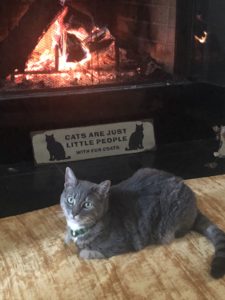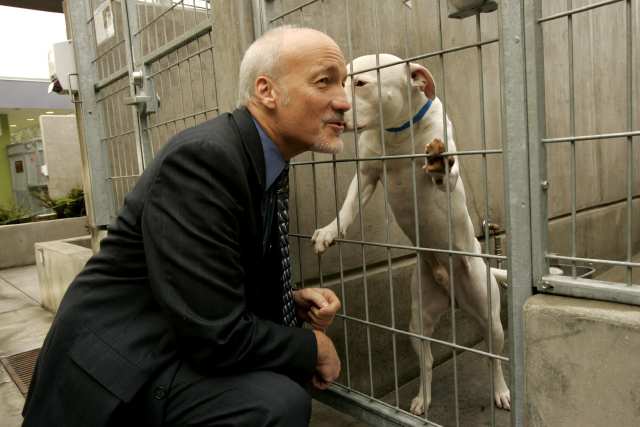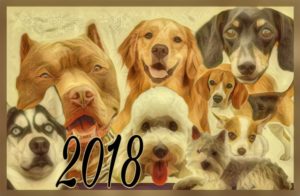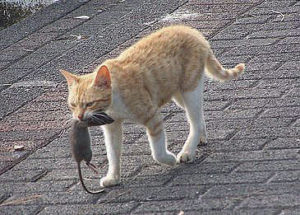
In the quest to achieve No-Kill (which I define as applying the same criteria a loving pet guardian or conscientious veterinarian would apply to deciding a shelter animal’s fate), we must learn to overcome the many widespread myths regarding shelter animals.
The fact is some shelter animals have issues. Equally true is the fact that these issues are seldom the animal’s fault and they can almost always be resolved. Knowingly adopting an animal with special needs is one of the noblest acts you will ever perform; you are truly saving a life. Continue reading “FIV-positive cats can live long, healthy lives by Ed Boks”










